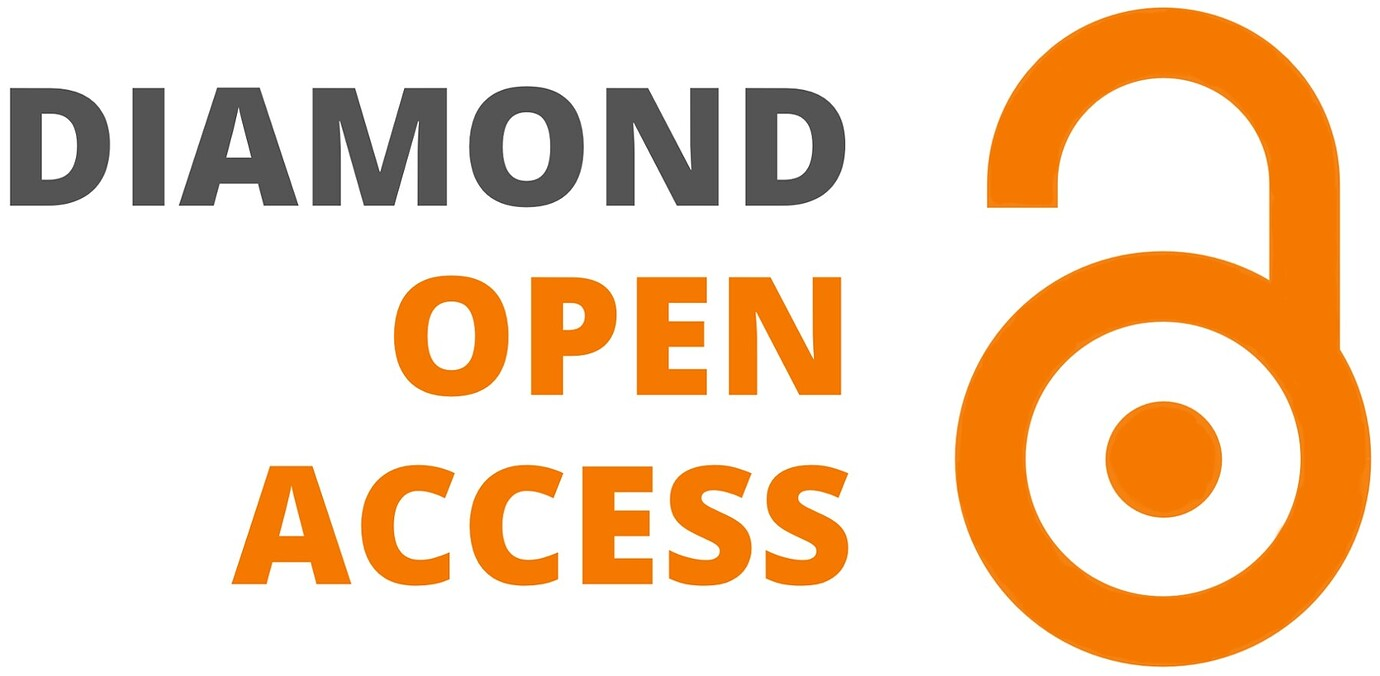Submission Process
Submission process
Publication in Glossa is free of charge for authors.
An article submitted to Glossa goes through 5 stages before publication:
Stage 1 of the process is submission, with acceptance of the theme according to the axes and orientations of the editorial policy, anti-plagiarism detection, identification of the two reviewers most expert in the subject submitted, assignment of the role of reviewer on OJS and acceptance by the latter within one week. This stage lasts an average of two to three weeks.
Stage 2 is evaluation by the two reviewers, who fill in a grid and produce two summaries: one sent to the author and the other to the editor-in-chief. A cycle is defined by the back-and-forth between the reviewer's assessment and the author's response, in the form of a version 2 of the article with the changes to the initial text highlighted, and an explanatory letter sent to the reviewers. The average evaluation period is based on two cycles (cycle 1, cycle 2).
For each cycle, the reviewer has four to six weeks to evaluate the article, and the author has four to six weeks to provide his or her revised version.
Beyond cycle 3, the timeframe for exchanges with the author and reviewers is shortened (from two to four weeks), with the risk of halting the evaluation process if the work is not reviewed by the author as soon as possible.
Stage 3 is article editing, which lasts around three months, under the supervision of the production director, with careful proofreading of the article by the editorial secretaries, applying APA standards if necessary.
Stage 4 is production, which lasts three weeks. The production director formats the article according to an established style sheet to ensure clarity of content and uniformity with the journal's graphic identity. This formatted version is returned to the author, who is asked to proofread and approve it within a week.
Stage 5 is publication, which is possible when all the articles in an issue have reached the end of stage 4. A waiting period may therefore apply for some articles between validation by the author and publication of the issue containing the article. Publication begins on the day the issue is released by the production manager, then continues with promotion of the issue by the learned society secretary, with distribution in the form of a communication campaign on the UNADREO website, by e-mail to UNADREO members, and on social networks. The article's metadata is also automatically transmitted to Crossref for referencing.
Peer review criteria
Submissions are subjected to an in-depth, double-blind evaluation by two experts in the field. The choice guiding the identification of reviewers is based on their status (clinician or researcher) and field of expertise, with reference to the reviewers' work and publications. Assigning reviewers depends on their availability. Their evaluation work is voluntary, and is based on a commitment constrained by their professional activity.
The evaluation grid has nine sections: theme, literature review, methodological approach, main text, discussion, conclusion, perspectives, general structure of the research, form and writing.
Double-blind reading by a “researcher/clinician” pair is a guarantee of combining knowledge, methodologies and the response to research needs in speech-language pathology. In temporal terms, the reviewer has one week to accept the proposal and three weeks to read the document at each revision cycle. The reviewer's analysis is guided by an evaluation grid integrated into the OJS software.
Deadlines
Glossa is committed to publishing the article within 12 to 15 months from submission, provided that the author meets the deadlines of the various review cycles by responding to the publisher's requests as indicated above.
In 2024, article publication times were as follows:
- 46 weeks on average between submission and publication
- 31 weeks on average for submission + evaluation stages
- 18 weeks on average for edition + production stages




